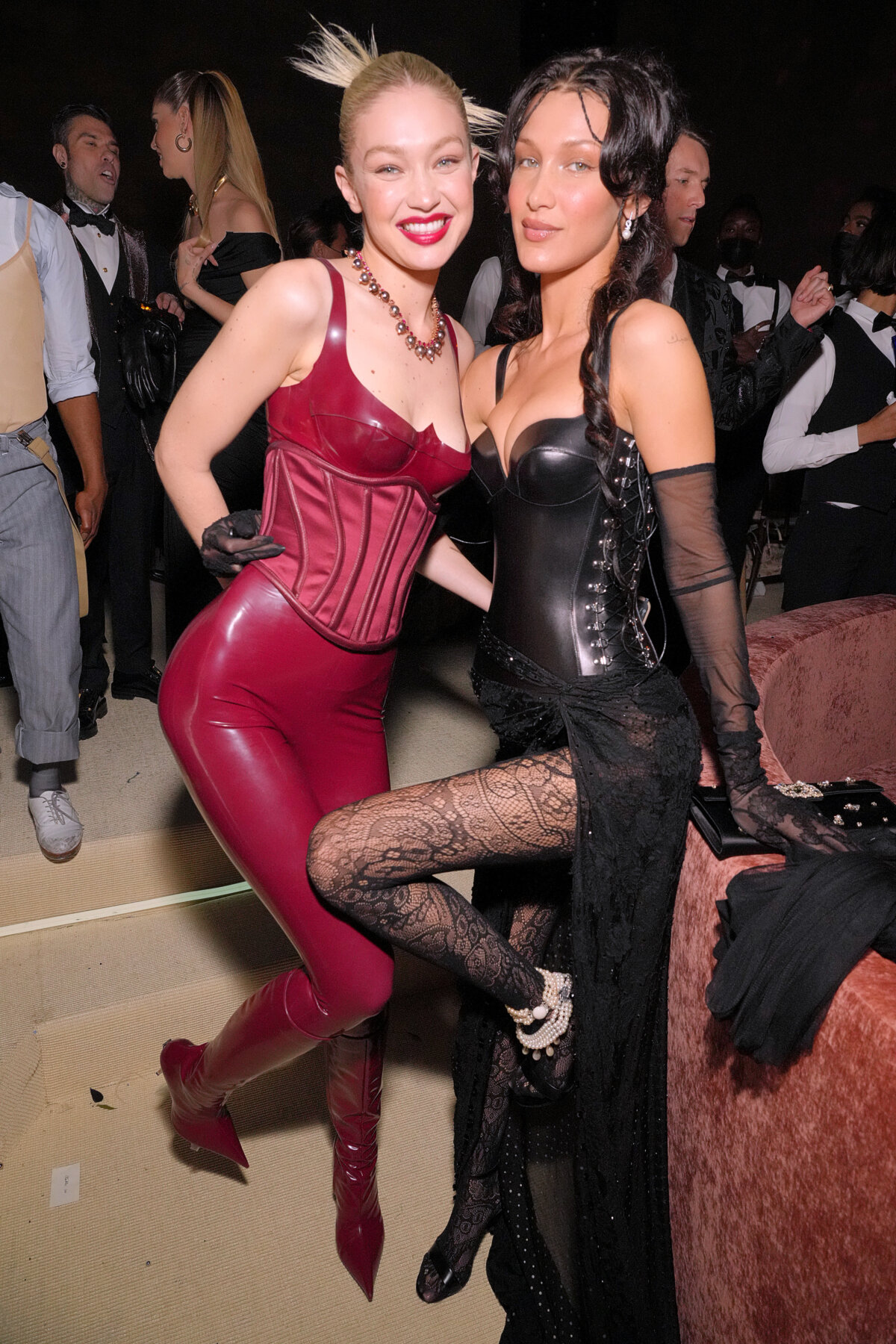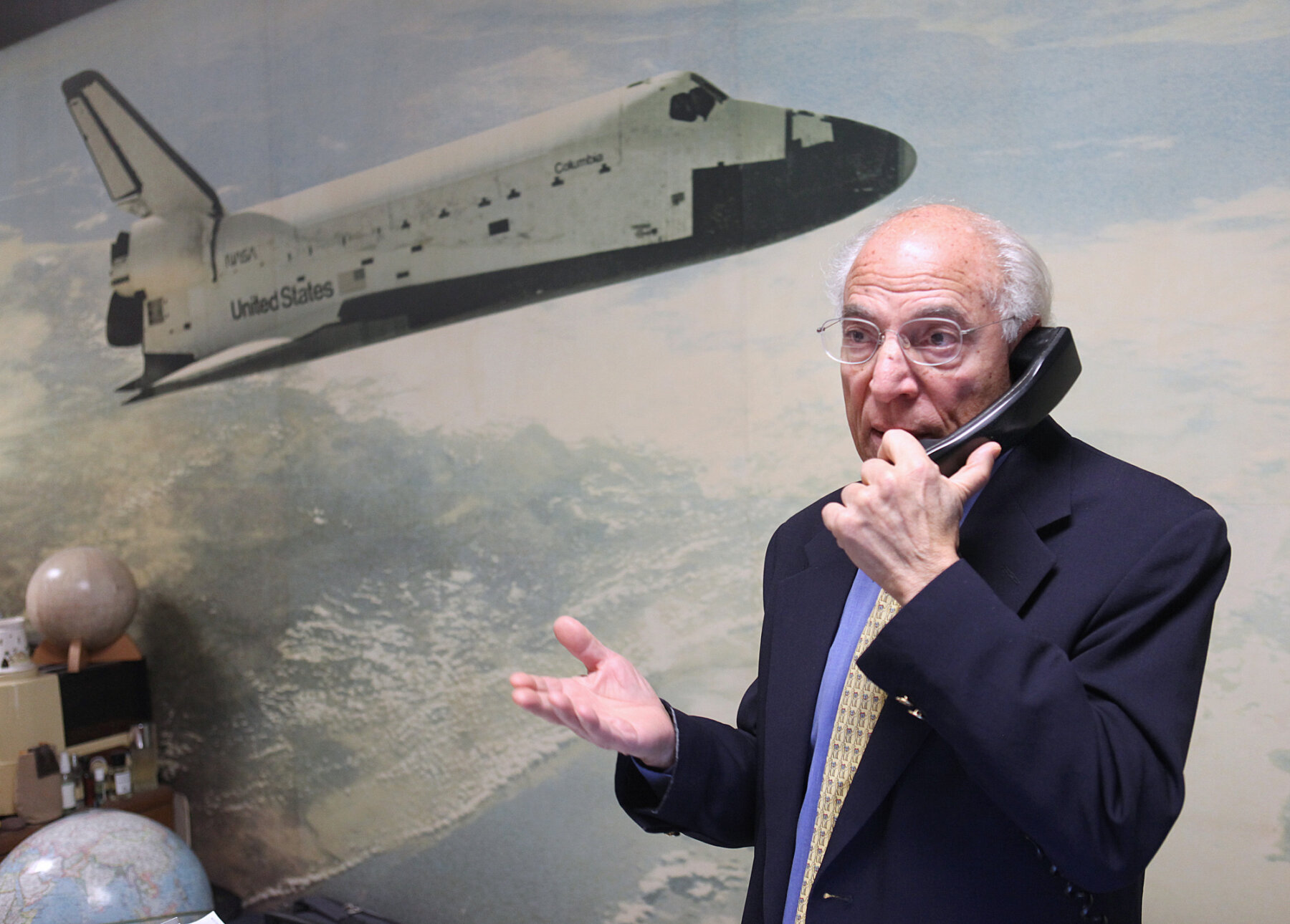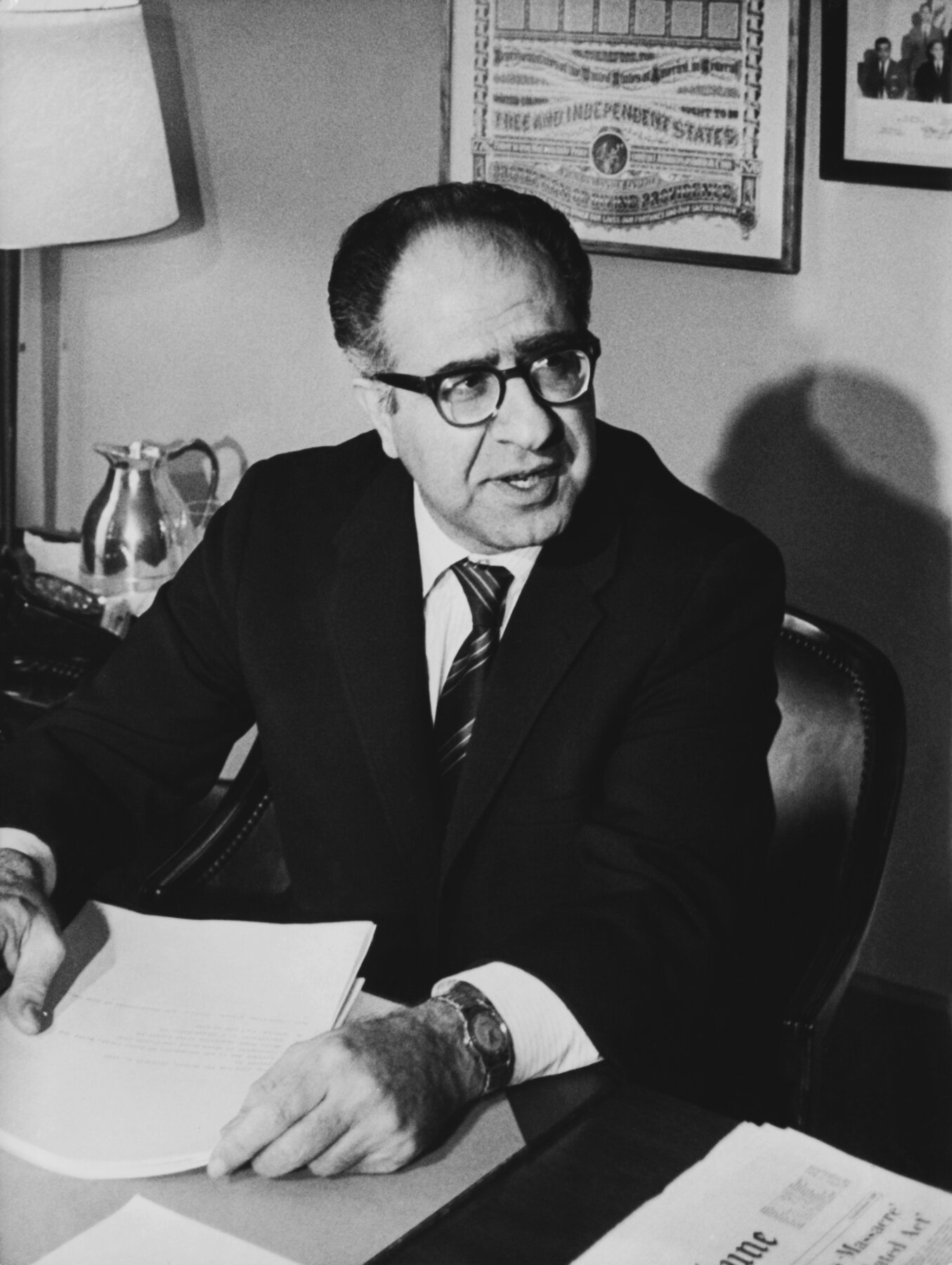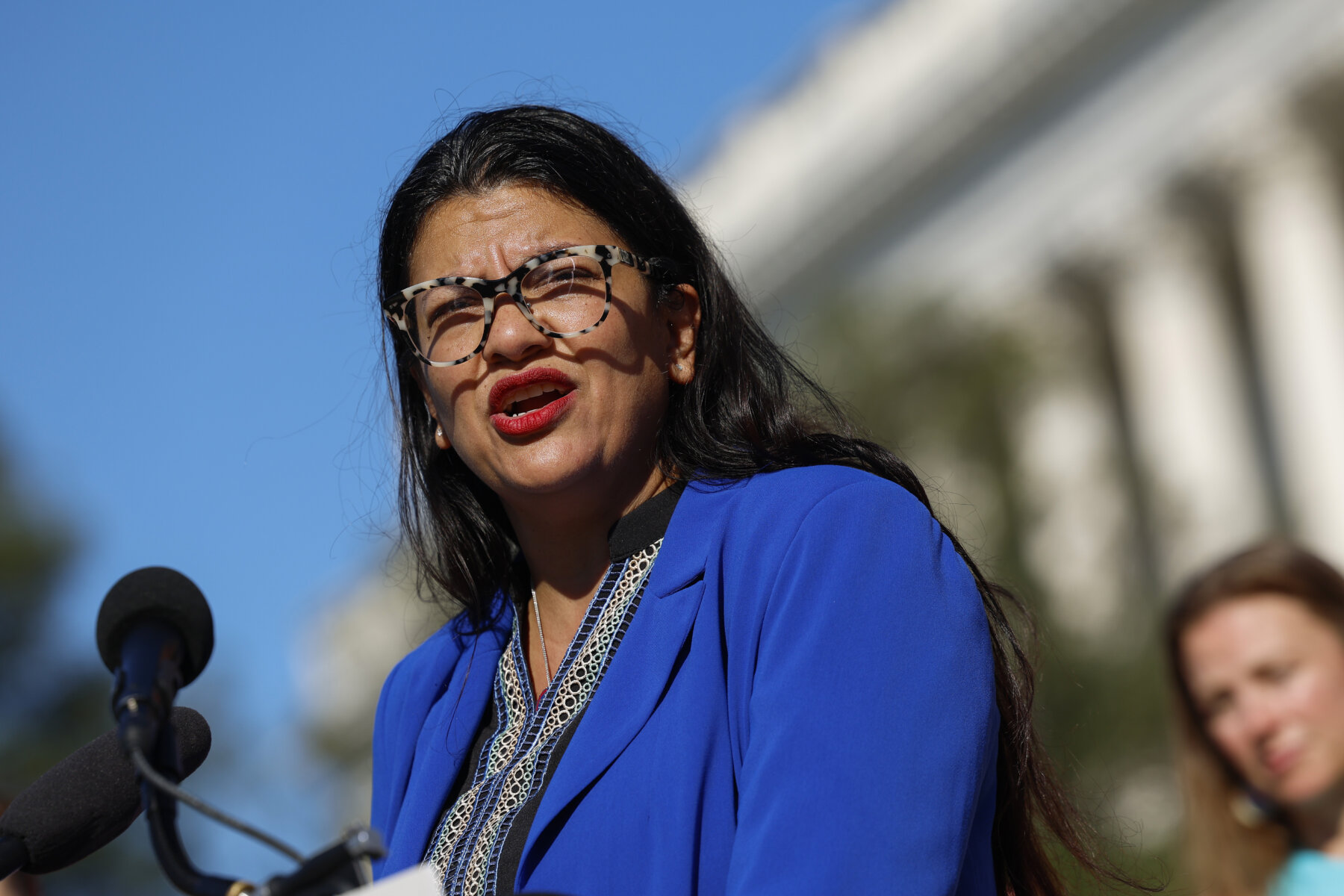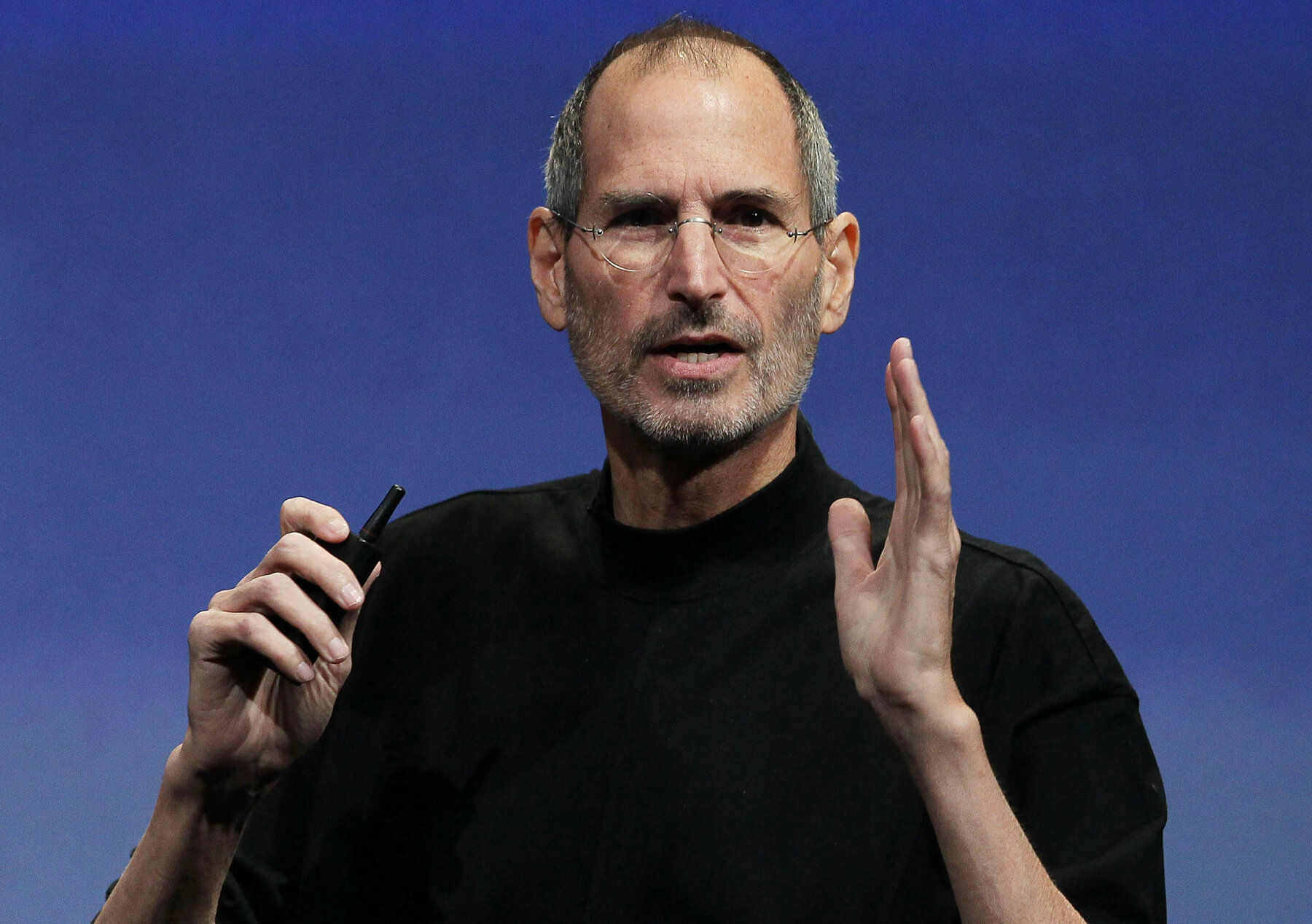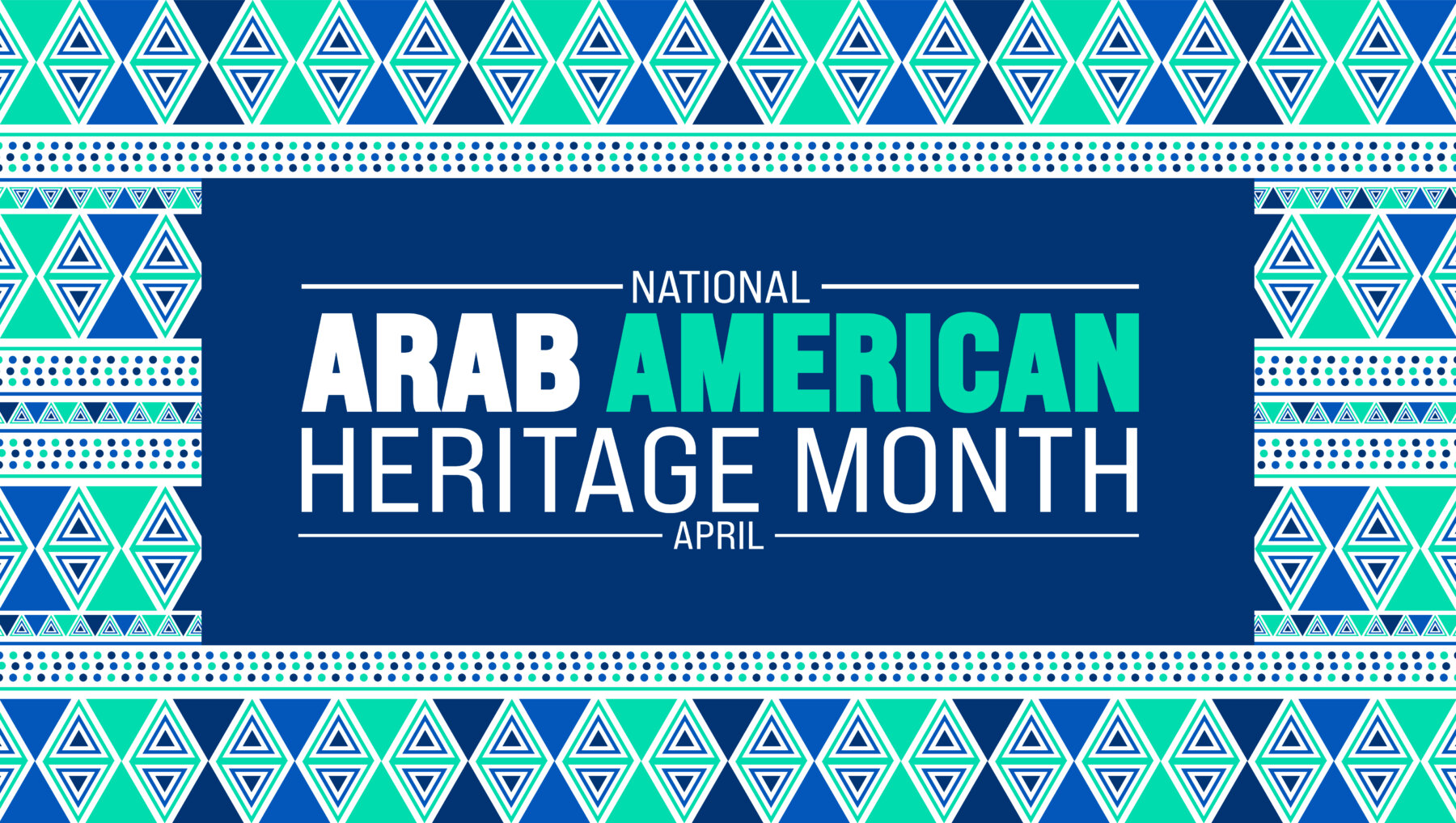
Many may not be familiar with Arab American Heritage Month — and that’s because it wasn’t officially recognized until recently.
In 2021, Joe Biden became the first U.S. president to declare April as Arab American Heritage Month. However, initiatives by advocacy organizations celebrating community members’ contributions to art, culture, diplomacy, technology and science date back at least four decades.
Arab Americans have a long history that spans back before the Revolutionary War, but the community of roughly 3.7 million remains largely misunderstood in the U.S., and not many people know a whole lot about it.
Arab Americans are a Semitic people who trace their origins to 22 Arabic-speaking countries in the Middle East and Africa, including Egypt, Sudan, Algeria and Iraq. Despite what some may think, not everyone from the Middle East is Arab, including Turks, Iranians, Amazigh, Armenians, Chaldeans and Assyrians.
Arabs began immigrating to the U.S. to escape conflict and seek economic opportunities, with one of the largest waves of immigration coming at the end of the 19th century. While many Arab Americans live in and just outside of big cities on the coasts and in the Midwest, they can be found in pockets throughout the country. Some of the largest Arab populations in the U.S. are in Wayne County, Michigan; Cook County, Illinois; Los Angeles County and Kings County, New York, according to the 2020 ancestry survey.
Arabs are culturally, racially and religiously diverse — they can be white, Black or brown; they can be Muslim, Christian, Jewish, Druze, atheist and more. Stereotypes and misconceptions surrounding the community have long been used to villainize its members, especially after 9/11, when Muslim and Arab identities were conflated and equated with terrorists by Islamophobes and the media alike, leading to a rise in hate against people perceived to identify as either. Some politicians have gone so far as to adopt discriminatory legislation, like former President Donald Trump’s travel ban against countries with sizable Muslim populations in 2017.
“It’s essential not to see Arab Americans as a singular group, just like additional identities across race, ethnicity, gender and abilities,” said NBC News senior reporter Rima Abdelkader. “When reporting on developing news stories, for example, there are a variety of experiences that sometimes overlap, and it brings more perspectives as we factor in these communities in reporting who, what, where, when, why and how.”
Arab Americans are more than the stereotypes used to attack them — they have historically been key components of the national fabric. Take, for instance, former Undersecretary for Political Affairs Philip Habib, a Lebanese American who played a pivotal role in Vietnam peace talks that led to the 1973 Paris Peace Accords; or Rep. Rashida Tlaib, D-Mich., the first Palestinian American woman to serve in Congress. In the technology sector, Egyptian American former NASA scientist Farouk El-Baz led the agency’s study of the moon, including the historic moon landing in 1969, and the late inventor Steve Jobs, whose biological father was Syrian, gave the world the iPhone and the iPad. Then there is the late cardiovascular surgeon and pioneer Dr. Michael Ellis DeBakey, who performed some of the first heart transplants, and Lebanese American poet and writer Khalil Gibran, whose highly regarded work is studied around the world.
Some of America’s most recognized faces and artists are Arab too, like Gigi and Bella Hadid, who are Palestinian; Rami Malek, who is Egyptian; and Salma Hayek, who is of Lebanese descent. Beyond notable people, Arab Americans are woven into the fabric of American life — they are your teachers, bakers, scientists, doctors and executives.
MSNBC host Ayman Mohyeldin, an American of Egyptian and Palestinian descent, emphasized highlighting Arab American accomplishments. “AAHM, like other traditions, is an important period to recognize and celebrate the contribution of Arab Americans to the tapestry that has made the United States a diverse and culturally rich country,” Mohyeldin said. “Whether it’s in politics, business, entertainment or sports, Arab Americans have been an inalienable part of America’s progress toward a more perfect union.”
It is also important to see Arab faces in prominent spaces, says NBC News and MSNBC contributor Hala Gorani, who is of Syrian descent. “When I was a kid, Arab American representation in media and journalism was extremely rare,” she said. “I’m so happy now that many more women and men of Middle Eastern and Arab heritage are holding visible and prominent positions on air and behind the scenes. This will hopefully encourage many more young people from this diverse community to pursue careers that often seemed out of reach to me when I first started.”
While there have been gains, Arab Americans continue to fight for representation in Hollywood — where they are still often “othered” and portrayed as terrorists — and even in the U.S. census, where they have been forced to identify as “white.” Regarded as a win for Arab Americans, the U.S. announced it will adopt a “Middle Eastern or North African” category for the 2030 Census. However, some advocacy organizations say it’s not a perfect solution, as it might not capture everyone, like Afro-Arabs.
The Israel-Hamas war has also further exposed racial and religious tensions in America, with Arab Americans across the country facing racism and violence at home and watching family and community members suffer abroad. “It’s really important to see Palestinians as a diverse population like any other race or ethnicity,” Kinnan Abdalhamid, one of the Palestinian American college students shot in Vermont in November, told NBC News NOW. “We all have our own independent ideas and thoughts.”
Arab American Heritage Month is a time to reflect on the pain, the nuances and the accomplishments of this diverse community.


